To understand the Pentagon Collapse Group’s origin, we must recognize the gulf which separated the idealistic, career-oriented, patriotic soldier who voluntarily signed up for the Army in post-draft Vietnam era, and the vast, international, largely civilian criminal conspiracy that had been growing and securing power for decades before then, operating out of Langley and willing to put a bullet in the head of the Commander-in-Chief.
Some basic facts:
The CIA was created in 1947. Its predecessor was the OSS, responsible for Operation Gladio and its many offshoots around the world.
The Vietnam War lasted from 1954 to 1975. Up until its final two years, it relied almost entirely on drafting young men into the Army.
By the mid-1960s, “flower power” and the hippie movement protested the war, encouraging draft-dodging and insubordination. Mental breakdowns, suicide, and “fragging” were common.1
Despite this, by 1969, half a million US troops were stationed there.
No matter how much muscle and munition the military threw at it, America was losing psychologically and diplomatically, both at home and overseas.
President Nixon and his State Department recognized this paradox, and vowed to end the draft and rethink the Army. They did so in 1973.
In those two years—between the end of the draft and the end of the war—the Army was forced to undergo a total transformation of its identity, policies, and strategy if it wanted to survive. It would lose hundreds of thousands of troops who were there unwillingly. Those who chose to remain, and those who joined after, would need to be motivated by something other than fear.
What kind of man would volunteer to prolong a 20-year war that everyone hated, was doomed to fail, and made no sense?
Henry Kissinger had been a CFR member for two decades by the time he joined the State Department’s staff. He was tasked with figuring out a better way to end conflicts and improve military standards at this critical juncture. Anticipating this problem, he wrote privately:
I am quite convinced that too much planning in the government and a great deal of military planning assumes that the opponent is stupid and that he will fight the kind of war for which one is best prepared. However … the essence of guerrilla warfare is never to fight the kind of war your opponent expects. Having moved very many large units into Vietnam … we must not become prisoners now of a large-unit mentality. Otherwise I think that we will face the problem of psychological exhaustion.
[link, emphasis mine]
As a senior figure in the State Department, this translated to:
Less theories from Washington, and more latitude for the officers in the field who excelled at real-world tactics.
Smaller, “elite” units who were capable of creativity, lateral thinking, and long term survival, if not counter-insurgency.
Promoting and rewarding those who improved teamwork and morale.
Unfortunately, nobody in the State Department had power over the CIA, which was running its own war, outside any official chain of command.
Syndicate head start
By the time Kissinger gave his order in the mid-1970s, the CIA (in conjunction with the Syndicate it served) had been waging “unconventional war” for decades. Their criminal activity began with the Office of Strategic Services (OSS).
The OSS was led by a maniac war criminal, “Wild Bill” Donovon. With the help of British intelligence (MI6), CFR elites, and the Italians (ie. their Vatican, Mafia, Freemasons, and Fascists!) Donovon created “Operation Gladio”.2 When the time came to hand things to a successor, Donovon pushed to make sure the replacement of the OSS would be just as dangerous and unsupervised.
The OSS was a madhouse. It even hired the master of madness, Carl Jung, to help them with psychological warfare. In particular, Jung was meant to help decode Hitler’s mind, as well as examine the lore behind SS mythology.3 This unlikely crossover probably planted the seeds of occult scientific theories, Theosophy, and Rosicrucianism in the Deep State’s intellectuals in a much more direct way than any of its vague Masonic heritage. It may or may not be a coincidence that the United States Special Operations Command (SOCOM) borrowed the OSS logo directly:
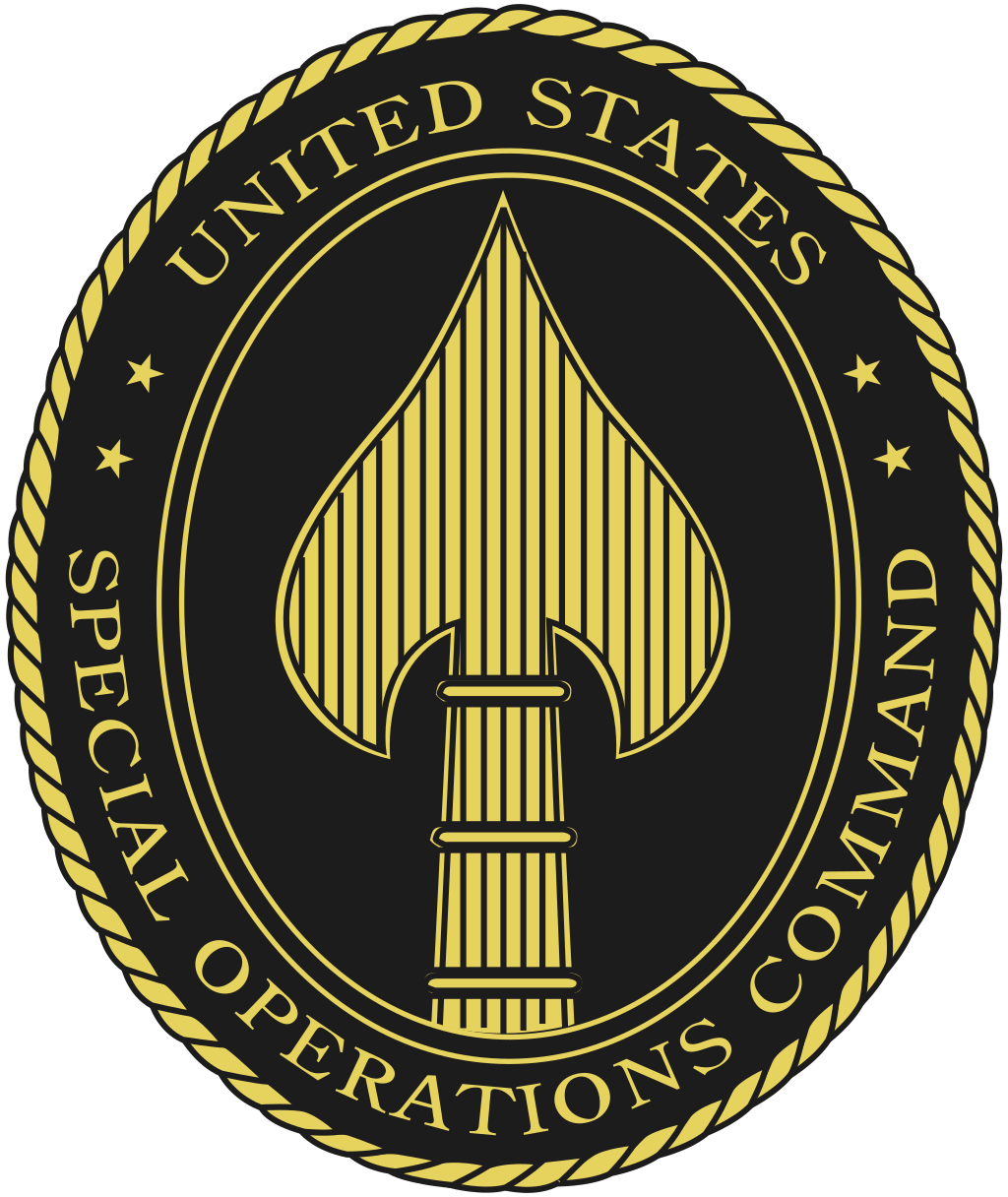
In any case, “Wild Bill” Donovon got his wish for a limitless espionage outfit with the passage of the National Security Act of 1947, which officially established the CIA and defined its rules, including its supervisory group, which they called the National Security Council.
From its inception, the CIA was designed to be a shadow crime network, pioneering new forms of spying, assassination, and covert activity—things that would make the boring old State Department and Pentagon blush. But you won’t find that in the Act itself. The key was to leave the CIA’s duties vague, so that they could pick up where the OSS left off. According to the National Security Act of 1947, they were required to:
(4) perform such other functions and duties related to intelligence affecting the national security as the President or the Director of National Intelligence may direct.
You can’t get more vague than that.
The Act effectively created a dark side, which included the CIA, its Director, as well as the Director of National Intelligence above them, and the National Security Council to oversee all activity (to whatever extent this was desired). These guys were officially separated from the light side, which was the State Department and its Department of Defense (Pentagon). The dark side was categorized as the “advisory” half of the war machine, which meant it was the brains of the operation, telling the President what to do. The light side was reduced to being the rubber stamp and the mindless brawn, approving CIA plans and shooting stuff as necessary. This way, the old fashioned military could keep its uniforms, parades, flag, and patriotic rubbish, while the CIA handled the dirty work.
Contrast
This light-versus-dark dynamic made America powerful for the first few decades of the Cold War. But by the end of Vietnam, everything looked gray.
The idea of dedicated “Special Forces” who mastered the principles of “unconventional warfare” was considered by the Pentagon just a few years after the CIA was created, following the Korean War (ended 1953). That same year, CIA Director Allen Dulles gave a speech advocating “mind war” as the key to winning the Cold War around the world. He went as far as to say that the US had to do anything it took to win it. Nobody quite knew what he meant, except the Syndicate.
For the criminal conspiracy, mind war began with “Counter Terror”: brutality, war crimes, and corruption beyond the pale. From here they expand into brainwashing, subliminal messages, psychedelic drugs, clairvoyants, and more, even on US soil against unsuspecting targets. When the President of the USA suggested dismantling this out-of-control menace, they blew his head off in public as he was riding in his presidential motorcade. The Syndicate were still racing to spy on everyone, bypass every law enforcement agency, and shock the world into submission before the patriotic old Army even woke up in the morning.
To the military, “unconventional warfare” still meant long-range reconnaissance, espionage, and high-risk maneuvers, like the British SAS and Commandos had taught them in WWII. The Marine Corps was expected to handle that kind of stuff, and they were pretty good at it. The old Army Rangers were disbanded after every war because they were considered emergency solutions, not a proper part of the Army.

To understand the Pentagon Collapse Group’s origin, we must recognize the gulf which separated the idealistic, career-oriented, patriotic soldier who voluntarily signed up for the Army in post-draft Vietnam era, and the vast, international, largely civilian criminal conspiracy that had been growing and securing power for decades before then, operating out of Langley and willing to put a bullet in the head of the Commander-in-Chief.
Consider the “Phoenix Program”, which the CIA was conducting in Vietnam off the record. It was a black op designed to torture and murder of tens of thousands of innocent Vietnamese civilians simply for being suspected of sympathizing with the Viet Cong. Both men and women were targeted by this genocide. From what we know, Phoenix Program tactics included:
Rape, gang rape, rape using eels, snakes, or hard objects, and rape followed by murder; electrical shock ("the Bell Telephone Hour") rendered by attaching wires to the genitals or other sensitive parts of the body, like the tongue; "the water treatment"; "the airplane," in which a prisoner's arms were tied behind the back and the rope looped over a hook on the ceiling, suspending the prisoner in midair, after which he or she was beaten; beatings with rubber hoses and whips; and the use of police dogs to maul prisoners. [link]
Was any of this even authorized? Yes and no. The structure of the civilian intelligence agency was designed to allow the White House to blind itself and approve strategies without knowing any of the details; this is called “deniability”. And since the CIA was the one collecting all of the data from the military and their own sources, and giving all the advice to the National Security Council and the White House, it would take a particularly stubborn and distrustful President to start asking tough questions and challenging the Syndicate. After Kennedy, everyone knew better.
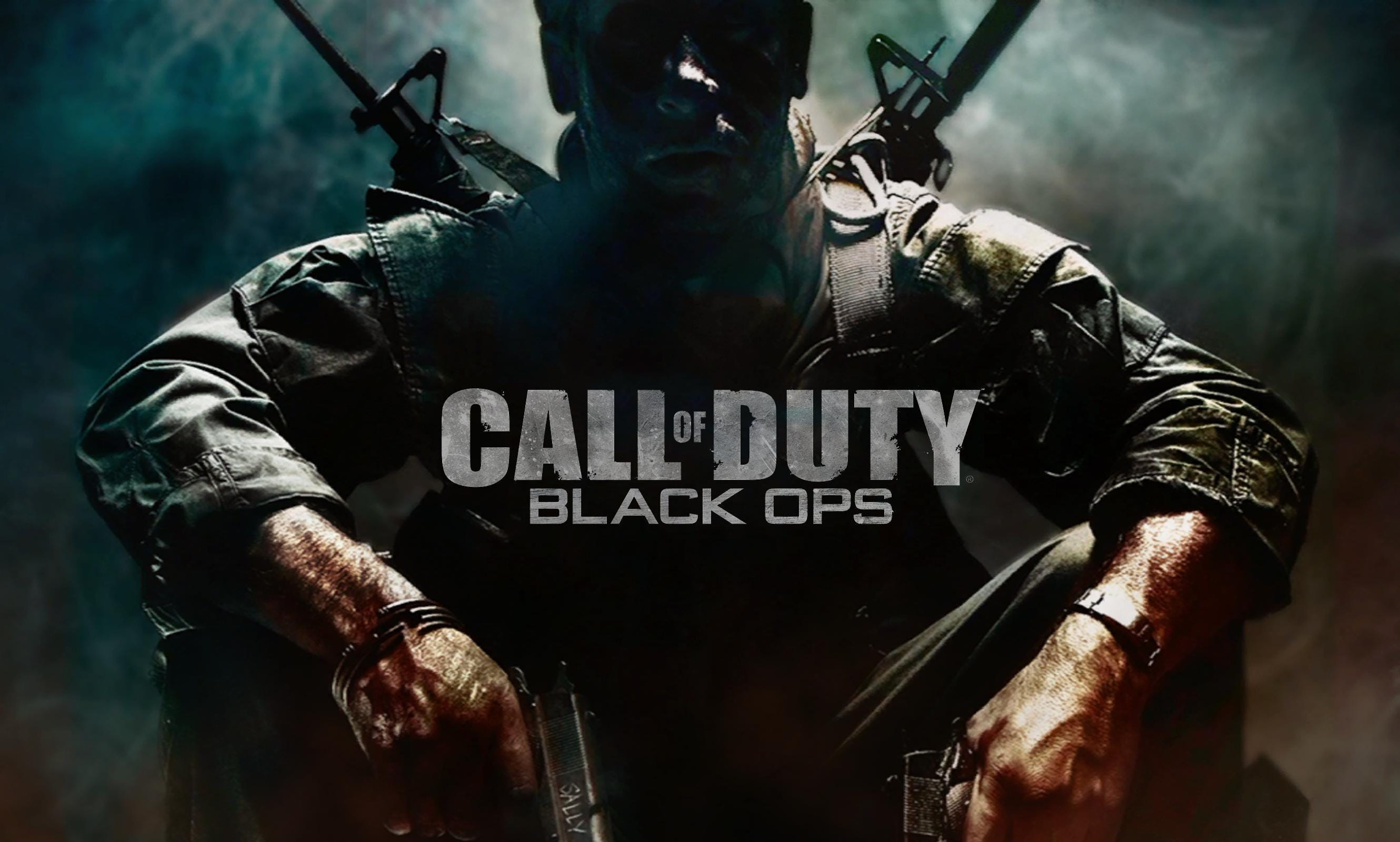
For their unofficial missions, the CIA recruited members out of the Armed Forces (and especially their elite Special Forces) and into custom paramilitary black ops units, bypassing all protocol, chains of command, or accountability. For the soldiers, this meant nothing was off limits, which is a pretty big contrast to standard military policy that included dishonorable discharges, court marshals, and military prison. Of course, the bad apples of the military were often pulled into these secret operations exactly because they had proven their ethical flexibility.
Syndicate activities created “blowback”, which meant more problems for the State Department to deal with. This suited the Syndicate just fine, because this was just another part of their business.
Crazy for America
At this point, two men need to be introduced.
Both served in Vietnam. Both were key figures in Kissinger’s reformation of the State Department’s vision of the future. Both had an unwavering sense of patriotism despite the doom and gloom surrounding Vietnam. Both were iconoclastic and highly independent. Both rejected the cynicism of the masses, despite everything they learned on the inside. Both were highly creative. Both were storytellers. Both were hyper-sane.4
One is Steve R. Pieczenik, a clinical psychologist, medical expert, and doctor of international relations, fluent in Russian, Spanish, and French.
The other is James B. Channon, a bachelor of fine arts and a master of behavioral communications, military arts and sciences, and strategic studies.
In their strange, shared, dreamlike awareness of what was needed to save America from its own Deep State, these two young men would gain admirers within the State Department, earn devout followers in unexpected places, and lay out the mission of the Pentagon Collapse Group.
If you enjoyed this post and are excited about the next part, please consider upgrading to a paid subscription. The more support I get from generous people like yourself, the fewer paywalls there need to be. God bless those who read, share, comment, and/or contribute!
In the next part we will dig deeper into the story of Steve Pieczenik and Jim Channon.
Killing one’s own superior officer.
Operation Gladio and its offshoots established a top-secret global crime network which traded guns, drugs, and cash from continent to continent through shell companies, funding terror cells to carry out false flag attacks in order to blame local communists. Narcotic grow operations were set up by the CIA and protected by warlords; the drugs were spread throughout black American communities by the Mafia; the cash collected was sent to the Vatican to be laundered; the untraceable money was used to bribe, invest, and expand.
Today, the Pentagon Collapse Group is preparing for the Aquarian Age by eroding trust in America’s institutions and spreading agitprop for Rosicrucian and Theosophical movements. Carl Jung would be proud.
Hyper-sanity is when a person is so conscious of the reality of things that they start to seem crazy to normal people, who are deluded.

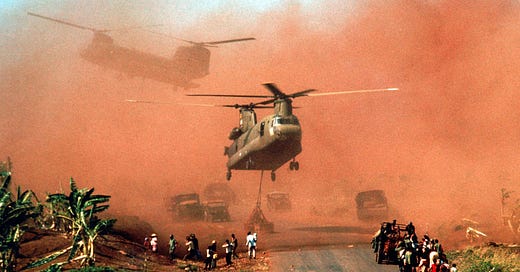



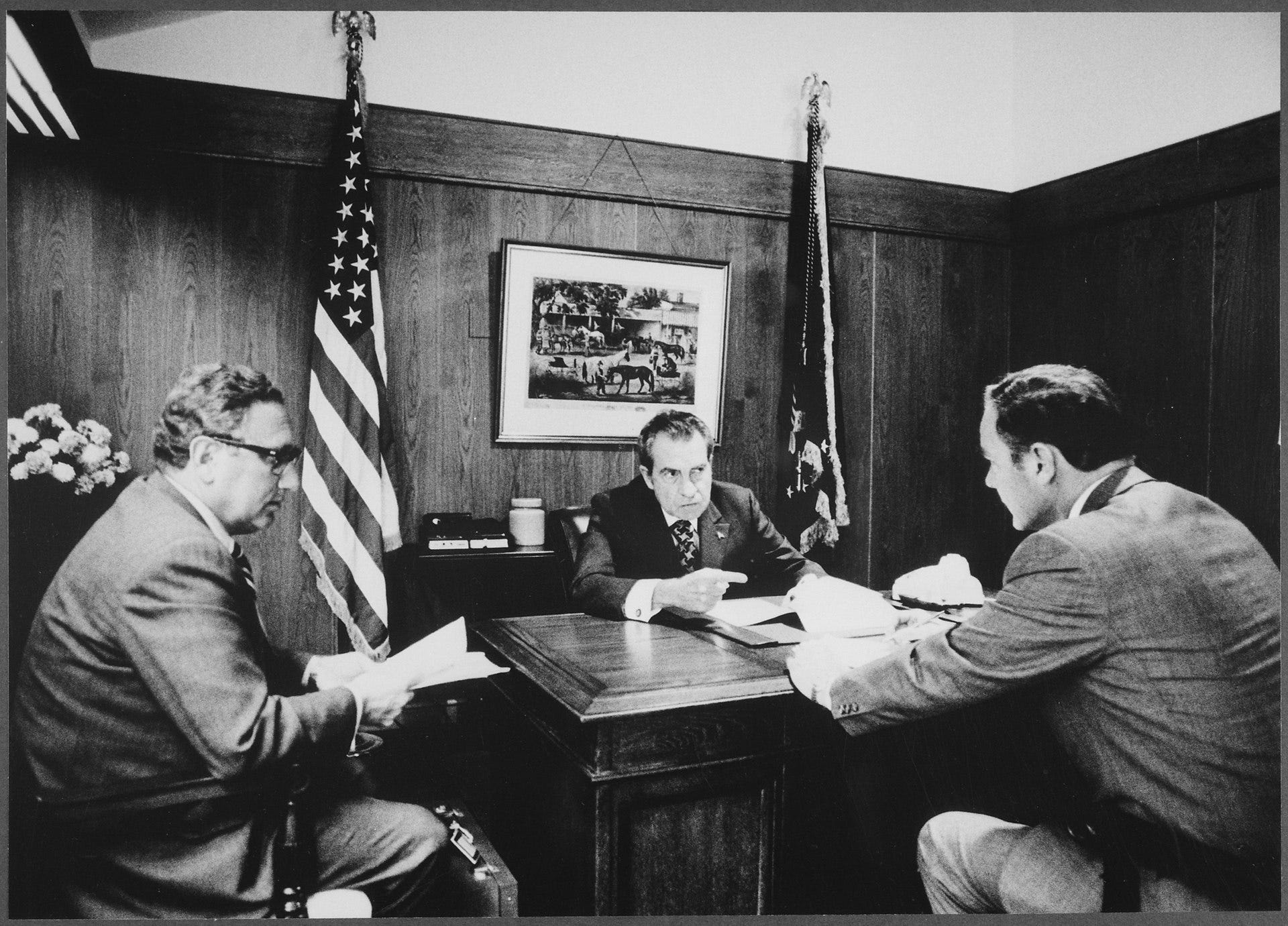


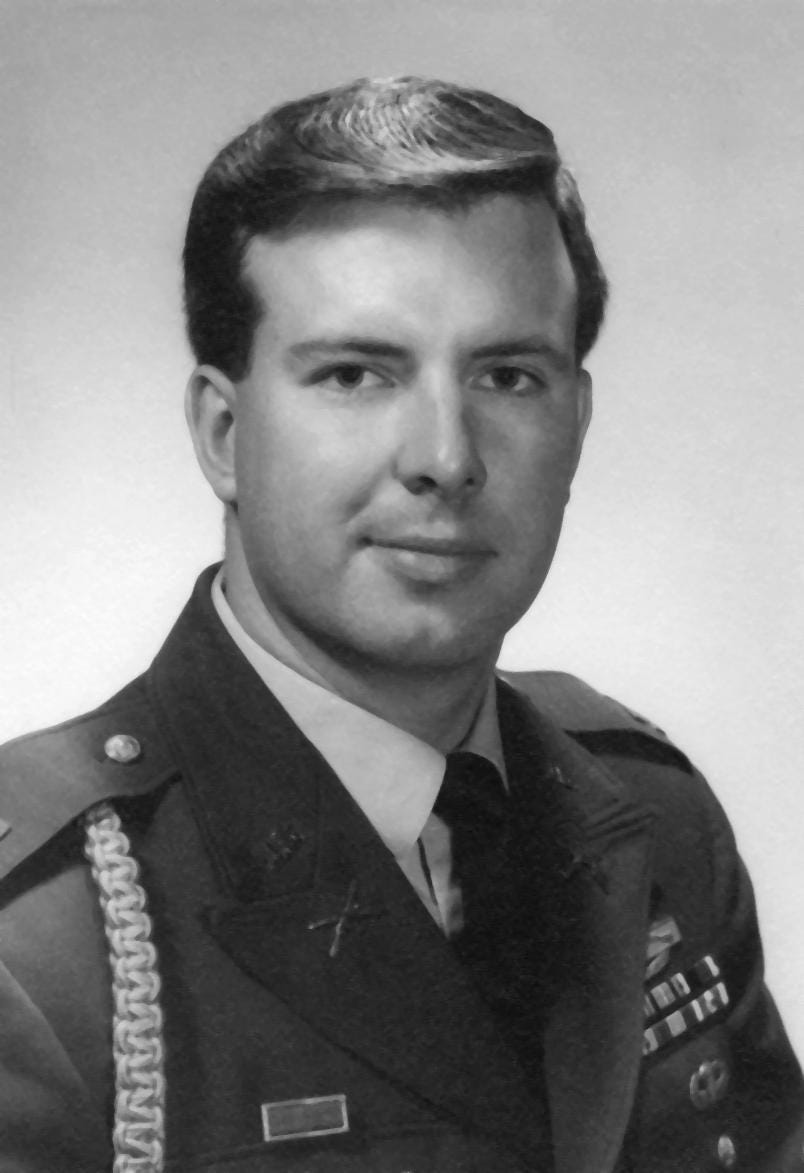
"Its successor was the OSS": I think you meant "predecessor"?
This is a topic not exactly near and dear to my heart, one with which I did not have much direct involvement but something that has heavily influenced the direction of my life, for the most part indirectly. Given the level of monitoring we have online, that's all I can say. Anything I say, or add to what you wrote, could be distorted or taken out of context. All I'm looking for is closure, and that will have to wait. I'm not the only one waiting for that.
Such is the world in which we live.